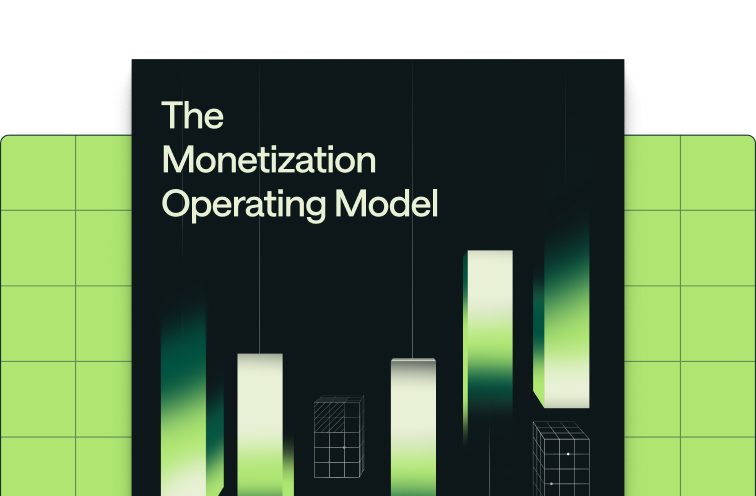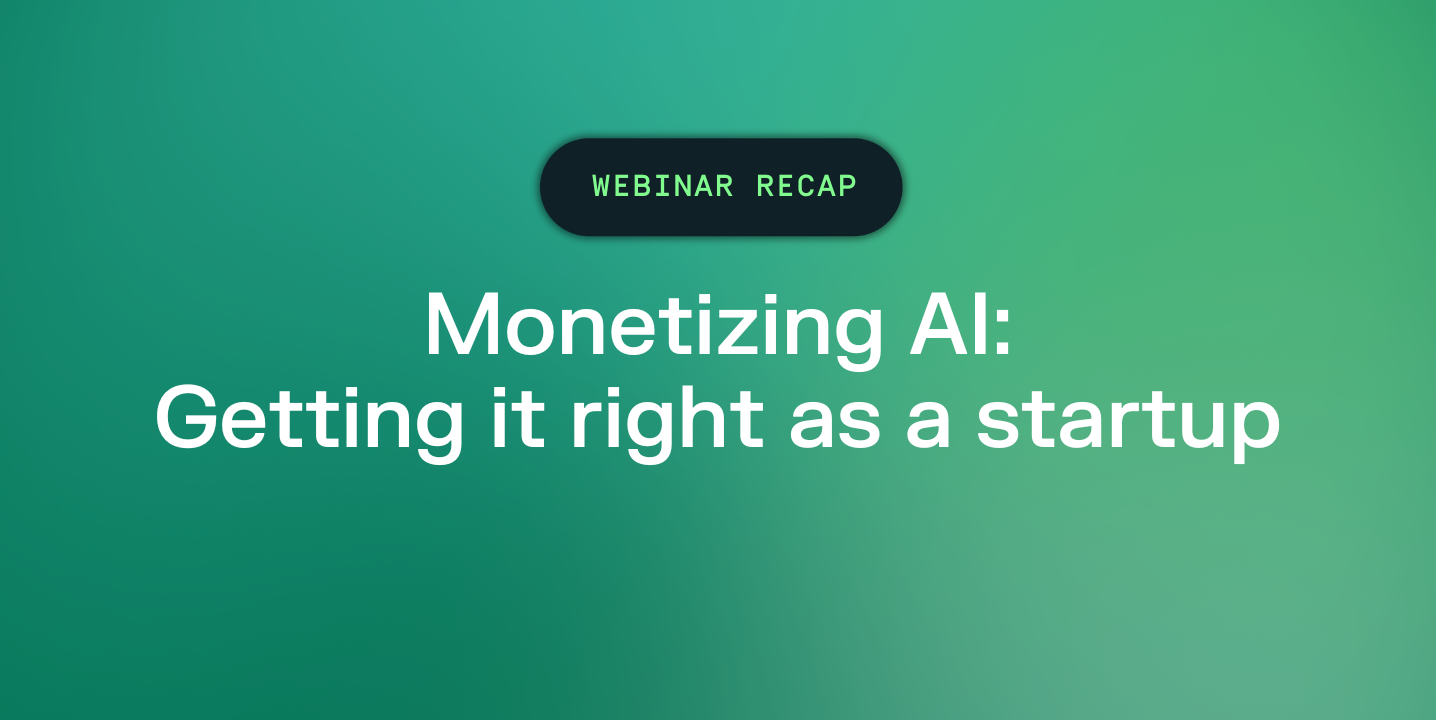Share
Building a great product isn't enough if customers can't find it. It's critical to meet buyers where they are and make it easy for them to choose your product. That's why we're excited to announce Metronome's new integration with the AWS Marketplace. This feature helps businesses reach the over 310,000 organizations that use the AWS Marketplace to discover and purchase software.
You can use the same Metronome pricing plans to serve customers being billed by credit card through Stripe, with direct invoicing from your company, and now through the AWS Marketplace. This makes managing your AWS Marketplace listing more straightforward and unlocks value to organizations in a couple ways:
Increase awareness and lower friction
By listing on the AWS Marketplace, you're building your footprint in the large AWS ecosystem and making it easier for customers to purchase your product. AWS customers frequently have extra budget available to spend through the Marketplace. Adding your product to customers' existing AWS bills streamlines their budgeting and procurement process.
Offer flexible pricing models with simple invoicing
Giving customers the option of being billed through AWS doesn't mean you have to compromise on your business model. You can still use Metronome's powerful aggregation and pricing engine, and Metronome will send hourly spending data to AWS.
Available now
Metronome's AWS Marketplace integration is available now. You can read about it in our documentation or reach out to a member of the Metronome team to walk you through it.







.png)



